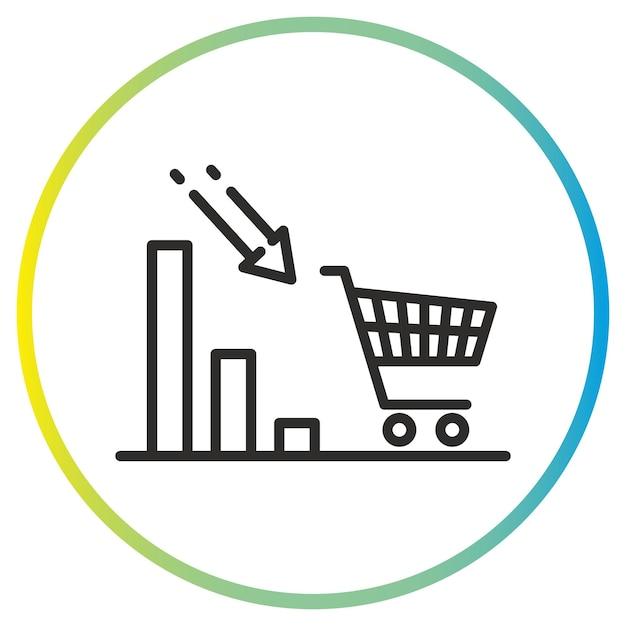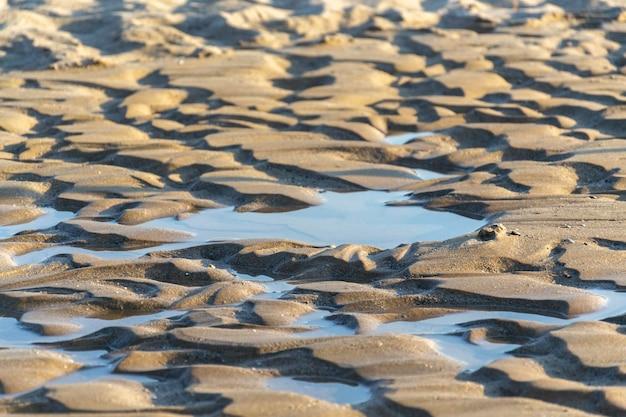Imagine a world without scarcity, where everything is in abundance and there are no limitations on resources. It sounds like a utopian dream, doesn’t it? However, the reality is that scarcity is an essential concept that shapes our lives and influences the choices we make on a daily basis. In this blog post, we will delve into the fascinating world of scarcity, exploring its definition, its impact on the economy, and differentiating between scarcity and shortage.
Scarcity refers to the fundamental idea that resources are limited, while our wants and desires are infinite. This imbalance between supply and demand creates a situation where individuals and societies must make choices about how to allocate these scarce resources. These choices could range from deciding between buying a new smartphone or saving money for a vacation, to countries determining how to allocate their limited natural resources.
So, what would happen if scarcity didn’t exist? How does scarcity affect your choices? And what is an example of scarcity rather than shortage? Let’s embark on this exploration together and gain a deeper understanding of the concept of scarcity and its role in our lives and the economy.

What is an example of scarcity rather than shortage
In the world of economics, scarcity and shortage are two terms that often get used interchangeably. However, there is a subtle difference between the two. While shortage refers to a temporary imbalance between demand and supply, scarcity, on the other hand, denotes a more permanent and inherent limitation of resources. To better understand the concept of scarcity, it’s helpful to explore an example that illustrates this distinction.
Water in a Desert: A Scarcity Delight
Imagine finding yourself lost in the scorching desert with nothing but sand dunes stretching endlessly in every direction. Your throat is parched, and your body longs for a sip of cool, refreshing water. In this extreme environment, water becomes a prime example of scarcity.
The Unquenchable Thirst
As you struggle through the desert, you quickly realize that water is exceptionally scarce. There may be a limited supply of water bottles available, but they are nowhere near sufficient to eradicate the pervasive scarcity of water itself. It’s not a temporary issue that can be resolved simply by rationing or increasing production. Water scarcity in the desert is an inherent and enduring problem.
The Mirage of Shortage
In contrast to scarcity, shortage would occur if there were suddenly a surge of thirsty desert wanderers, all seeking water at the same time. Perhaps a group of adventurers stumbled upon an oasis and swiftly depleted the available water containers, leaving none for those who follow. This would create a temporary shortage of water, resulting from a specific event or circumstance, rather than an ongoing scarcity.
Quenching the Unquenchable
To overcome the scarcity of water in the desert, one would need to address the underlying limitation of resources. This might involve finding alternative sources of water, implementing efficient conservation practices, or even developing advanced technologies to extract moisture from the air. Unlike a shortage, the solution to scarcity requires long-term planning and sustainable resource management.
The Lesson of Scarcity
The example of water scarcity in the desert serves as a valuable lesson in economics. It reminds us that scarcity is not just about availability in the present moment; it is a fundamental and continuous challenge we face when resources are limited relative to the demand. By understanding the difference between scarcity and shortage, we can develop a more nuanced perspective on the dynamics of supply and demand.
Embracing Resourcefulness in the Driest of Times
In a world where resources are not infinite, scarcity is an ever-present reality. Whether it’s water in a desert or any other precious commodity, scarcity forces us to think creatively and resourcefully. It motivates us to explore innovative solutions and prioritize sustainable practices. By acknowledging scarcity as an inherent condition, we can strive to find equilibrium between our demands and the limited resources available.
A Pinch of Humor to Quench the Thirst
In the midst of an arid desert, one’s sense of humor may become a valuable coping mechanism to combat the predicament. As sweat drips down your brow and the sun beats mercilessly upon your back, you might find solace in witty remarks about the irony of longing for what seems impossible to attain. Just remember, laughter won’t quench your thirst, but it can offer a brief respite from the challenges of scarcity.
In conclusion, scarcity is an enduring limitation of resources, unlike shortage, which represents a temporary imbalance between supply and demand. By embracing the lessons taught by scarcity, we can adapt and innovate to address the challenges posed by limited resources. So next time you find yourself in a situation of scarcity, be it in the desert or elsewhere, remember the importance of resourcefulness and perhaps, a dash of humor to keep your spirits high amidst the dry spell.

FAQ: What is an Example of Scarcity Rather than Shortage
Welcome to our FAQ section on the topic of scarcity versus shortage! Here, we’ll address some common questions about scarcity and provide you with a better understanding of its impact on choices, the economy, and examples of scarcity. So, let’s dive right in!
What would happen if scarcity didn’t exist
If scarcity didn’t exist, our lives would be quite different. Picture a world where everything you desired was available in abundance. Unlimited resources, unlimited choices, and no need to prioritize. Sounds like a dream come true, right? However, this utopian scenario would come with its fair share of challenges. Without scarcity, the concepts of value and competition would lose their meaning. We might see a decrease in innovation and creativity, as there would be no urgency to come up with new ideas or improve existing ones. Additionally, the Earth’s resources would be depleted rapidly, leading to potential environmental crises. So, in a peculiar way, scarcity actually drives progress and forces us to make tough but necessary decisions.
How does scarcity affect your choices
Scarcity plays a significant role in shaping our decision-making processes every day, whether we realize it or not. When resources are scarce, we are compelled to prioritize and make trade-offs. Consider this scenario: you have $50 to spend at a bookstore. There’s an exciting novel, a practical self-help book, and an intriguing biography that catch your eye. However, you can only choose one. The scarcity of your budget forces you to evaluate the value and potential benefit of each option, ultimately determining which one aligns best with your preferences or immediate needs. So, scarcity drives us to assess our options critically and make choices based on what matters most.
What is scarcity and how does it affect the economy
Scarcity, in simple terms, refers to the condition of limited resources in comparison to unlimited wants and needs. It is a fundamental concept in economics that influences various aspects of our economy. When resources are scarce, producers must decide which goods or services to prioritize based on demand and profitability. This affects pricing, as scarcity often leads to an increase in value and, subsequently, higher prices. Scarcity also creates competition, as individuals and businesses strive to secure their share of limited resources. This competition can spur innovation, efficiency, and economic growth. So, while scarcity presents challenges, it also drives market dynamics and ultimately contributes to the functioning of our economic system.
What is an example of scarcity rather than shortage
While scarcity and shortage may seem similar, they have distinct differences. Shortage typically refers to a temporary imbalance between supply and demand, resulting in a lack of availability of a particular good or service. On the other hand, scarcity is an inherent condition where resources are limited in relation to the unlimited wants and needs of society. Let’s illustrate this difference with an example:
Imagine a luxurious vacation destination with a limited number of beachfront villas. People from around the world desire to experience the scenic beauty and tranquility that these villas offer. However, due to their limited quantity, the villas become scarce. People are willing to pay a premium for the exclusivity and allure of staying in these villas. This scarcity drives up their value and prices, attracting only those who can afford the higher costs. In this example, scarcity exists because the resources, here being the beachfront villas, are inherently limited. It is not a result of a temporary shortage caused by external factors like low production or distribution issues.
By understanding the distinction between scarcity and shortage, we can better comprehend the economic forces at play and how they impact various markets and industries.
That concludes our FAQ section on scarcity versus shortage. We hope this comprehensive and entertaining guide has shed light on the concept of scarcity, its influence on decision-making and the economy, and provided you with a clear example of scarcity in contrast to a shortage. Remember, scarcity drives our choices, fuels market dynamics, and ultimately shapes our lives in more ways than we might realize. Embrace scarcity as a catalyst for growth, innovation, and the opportunity to make deliberate choices that align with our values and aspirations.
